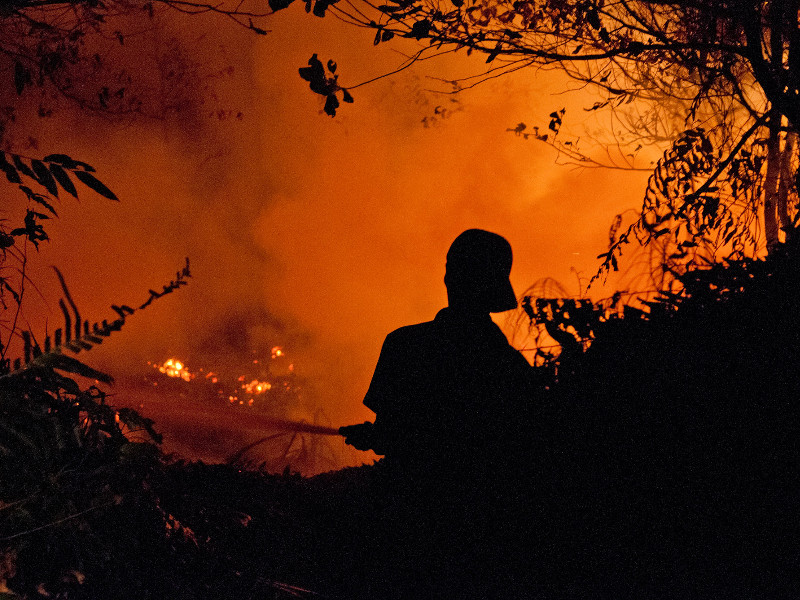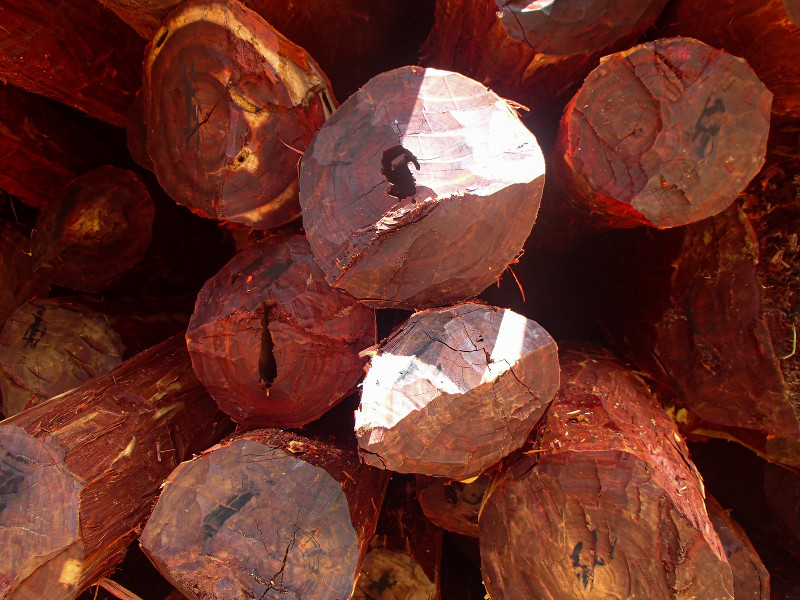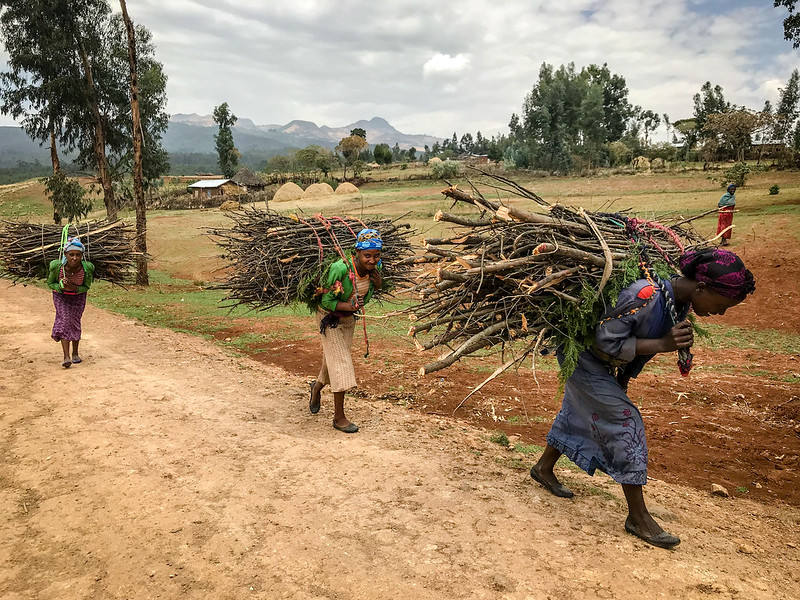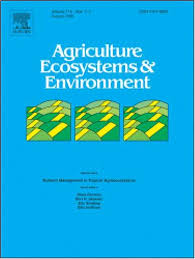The expansion of oil palm (OP) plantations and associated forest clearance can significantly impact greenhouse gas (GHG) fluxes. This study examined carbon stocks and soil GHG emissions (N₂O, CO₂, CH₄) in a degraded forest and a neighboring 17-year-old OP plantation in Peruvian Amazonia, where three nitrogen (N) fertilizer treatments were applied: 0 kg (OPN0), 84 kg (OPN1), and 168 kg (OPN2) per hectare per year. Carbon stocks were measured across different pools, and GHG fluxes and environmental parameters were monitored monthly over 11 months and (bi)daily during fertilizer application, with measurements taken near and far from trees/palms. Ecosystem-scale CO₂ equivalent losses were calculated by balancing carbon stock losses against N₂O emission changes. Findings showed that: (1) N₂O emissions (kg N ha⁻¹ y⁻¹) were highest in the degraded forest (6.7 ± 1.2), where litterfall N inputs were substantial (213 kg N ha⁻¹ y⁻¹). Emissions in OP plantations were significantly lower: OPN0 (0.6 ± 0.2), OPN1 (1.4 ± 0.2), OPN2 (2.3 ± 0.3). (2) Soil respiration (Mg C ha⁻¹ y⁻¹) was 1.4 times higher in the forest (9.1 ± 0.6) compared to OP plantation treatments (OPN0: 7.3 ± 1, OPN1: 5.5 ± 0.5, OPN2: 6.5 ± 0.3). (3) The forest acted as a CH₄ sink (-1.5 ± 0.3 kg C ha⁻¹ y⁻¹), whereas all OP treatments were sources (OPN0: 0.2 ± 0.3, OPN1: 0.7 ± 0.5, OPN2: 0.2 ± 0.4). (4) Carbon stock losses from forest-to-OP conversion were significant (196.8 ± 44.0 Mg CO₂ ha⁻¹ over 15 years) but were partially offset (14–20%) by reduced N₂O emissions. These findings highlight the complex GHG trade-offs associated with OP expansion, reinforcing the need for complementary studies to enhance global GHG assessments.
DOI:
https://doi.org/10.1016/j.agee.2025.109603
Dimensions Citation Count:

Publication year
2025
Authors
Hergoualc'h, K.; López Gonzales, M.; Málaga, N.; Martius, C.
Language
English
Keywords
nitrous oxide, soil respiration, carbon sequestration, greenhouse gas emissions, plantations, oil palms, nitrogen fertilizers, methane, degraded forests, land management
Geographic
Peru




















